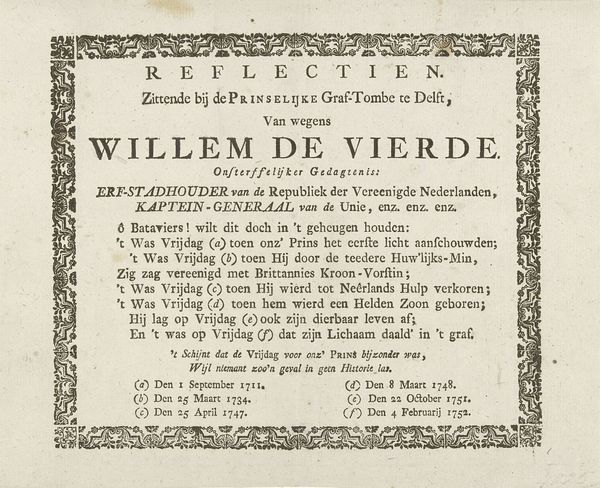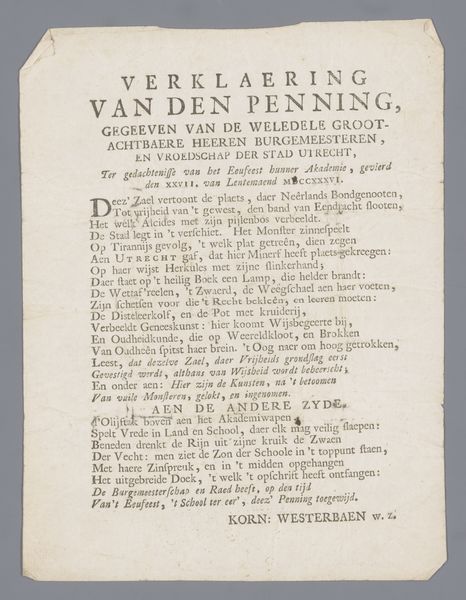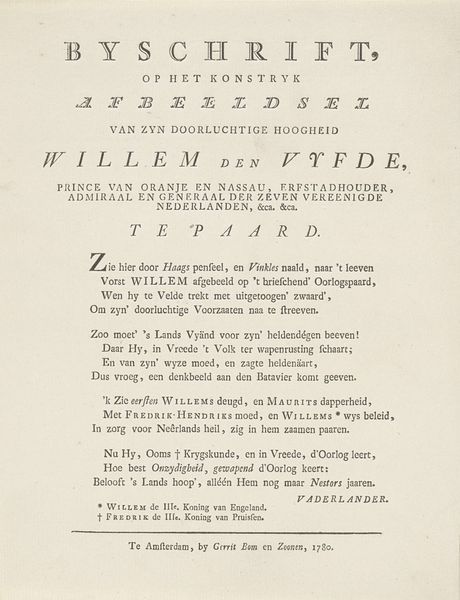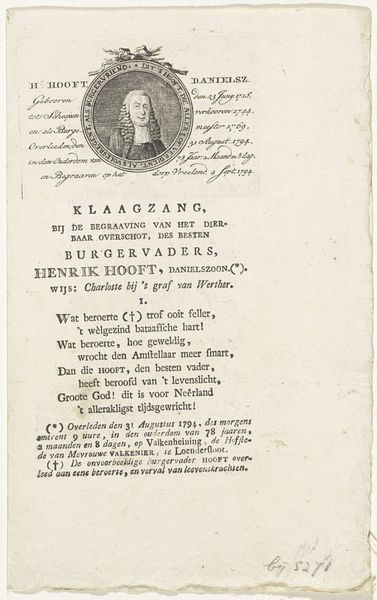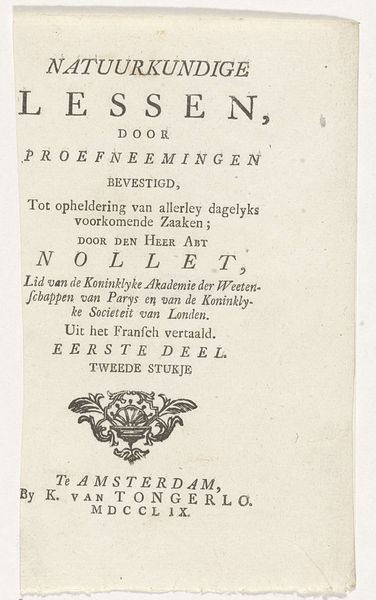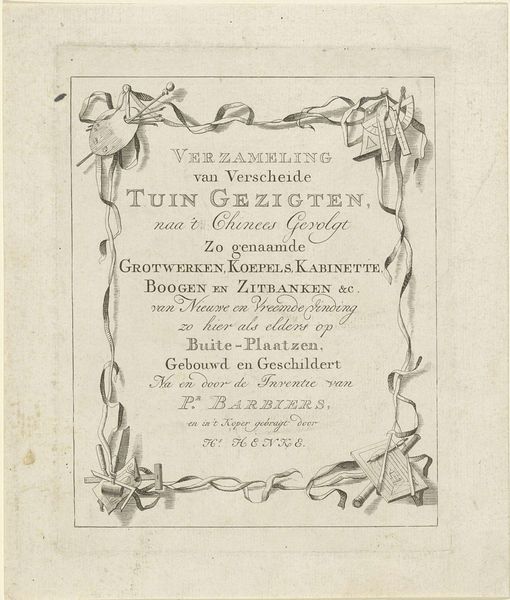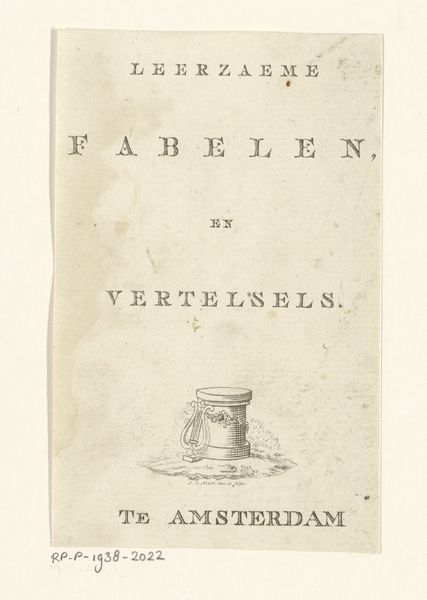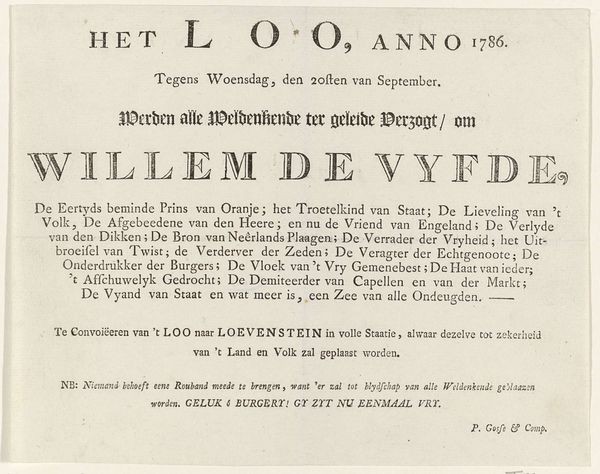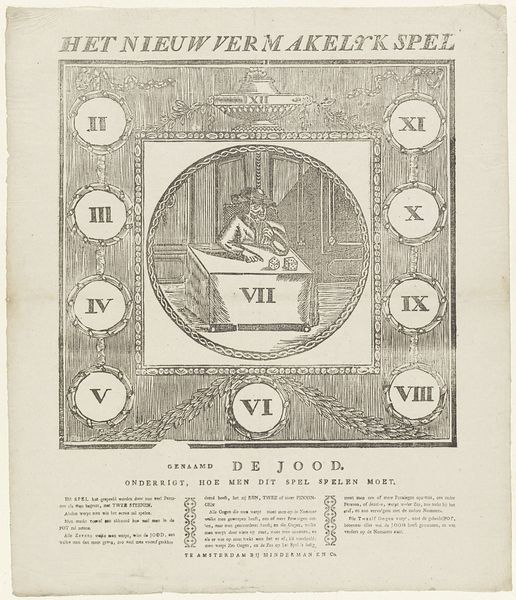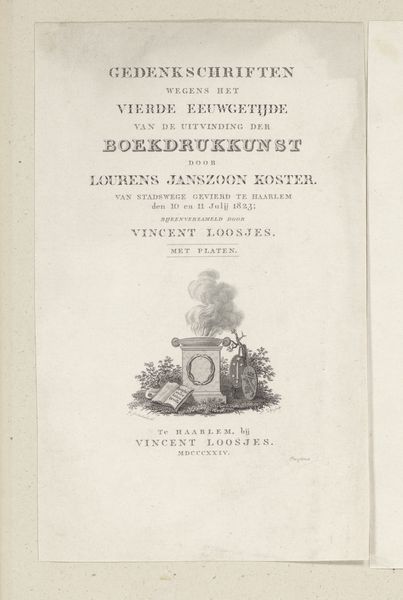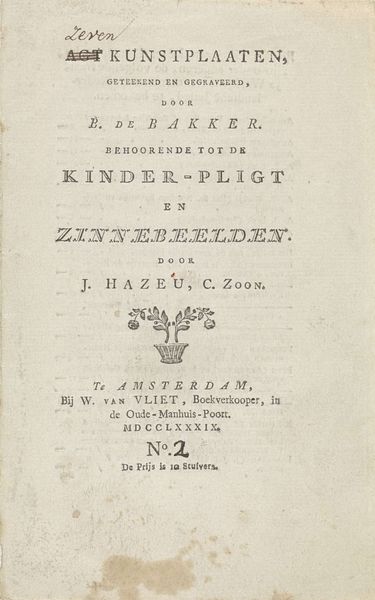
Uitleg bij de figuren in: Johannes Richard, Atlas behelzende alle de plans van de manoeuvres van de troepen infanterie (...), 1771 1771
0:00
0:00
drawing, graphic-art, print, paper, engraving
#
drawing
#
graphic-art
#
neoclassicism
# print
#
pen sketch
#
paper
#
history-painting
#
engraving
Dimensions: height 179 mm, width 100 mm
Copyright: Rijks Museum: Open Domain
Curator: Instantly, I see a meticulously etched surface—precise, organized, almost cold in its clarity. It feels like a blueprint for something… maybe conflict? Editor: Well, in fact, this is titled "Explanation of the Figures Regarding Maneuvers," an engraving by Anthony Stechwey from 1771. It comes from his atlas of infantry maneuvers. What we’re looking at here is essentially a visual key to understanding troop movements. Curator: So, my gut feeling wasn't far off! It's interesting how this kind of procedural document takes on an aesthetic life of its own. You’ve got these beautiful rococo swirls framing blocks of technical text—a strange marriage of styles. Is that paper? It seems quite delicate for military applications. Editor: Indeed, it’s printed on paper, showcasing neoclassical typography alongside meticulous graphic elements that indicate troop formations. The beauty lies in its functional design. Look at the different hatching styles—each represents a different action or positioning. The atlas served not just as a record, but likely as a tool for training and strategizing. Curator: I can imagine someone poring over this, trying to internalize these formations. It's like a choreography of combat. Thinking about the hands that made this plate, the labour… it shifts the art from an aesthetic creation to part of the military-industrial complex of its day. There’s a strange tension in observing such precision used to detail strategies for violence. Editor: Precisely, considering that these engravings were instruments in broader conflicts. Its existence begs the question of how aesthetics are often entwined with systems of power and control. The choice of materials—paper, ink—and the engraving process speak volumes about the methods of information dissemination at the time, as well as the care put into training resources even at a time where battles are bloody, material events. Curator: That tension, that dissonance between the elegance of the form and the violence of its subject, has definitely coloured my experience. It's a potent reminder that even the most beautiful things can be implicated in ugly histories. Editor: And for me, it shows how even technical drawings, meant for pure instruction, are subject to the styles and material possibilities available to those who make them, revealing them to be a far cry from objective transcriptions of data.
Comments
No comments
Be the first to comment and join the conversation on the ultimate creative platform.
